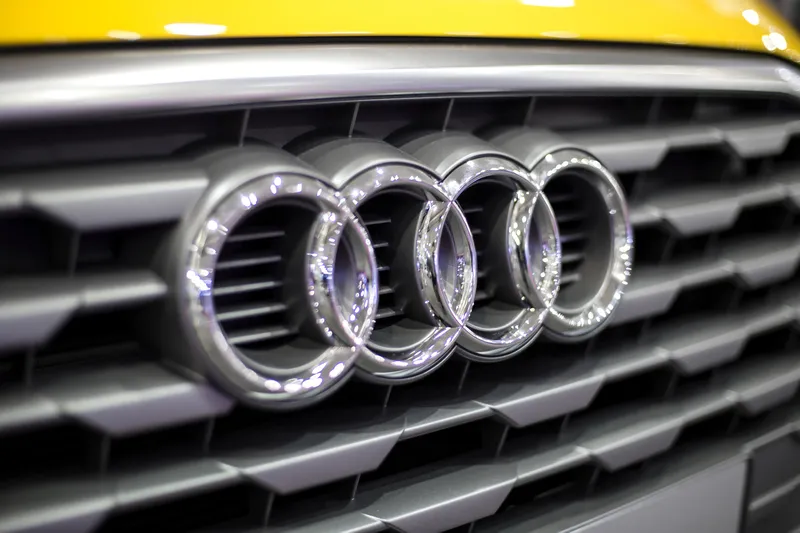
Colin Sowman catches up with the latest moves in the 5.9GHz exclusivity debate.
The Wi-Fi Innovation Act, recently introduced to both the US Senate and its House of Representatives, moves into a new phase in the debate over the exclusive right of the 5.9GHz band for Vehicle to Vehicle (V2V) communications. If the Act comes into law, it would require the
Back in 1999, America’s Federal Communications Commission (FCC) set aside the 5850-5925MHz spectrum (‘5.9GHz band’) for vehicle-to-vehicle (V2V) and vehicle to infrastructure (V2I) communications. However, it was only earlier this year that the USDOT announced it was to begin a rulemaking process to deploy the communications technology in new cars and light trucks. And while President Barack Obama supports connected vehicle technology (see News), political pressure is growing to open the spectrum up to other uses.
Critics have pointed to the slow pace of V2V implementation although the Act does acknowledge the ongoing development of critical safety applications in vehicles and other ITS initiatives which use the spectrum.
According to America’s
Scott Belcher, president and CEO of
He cited Gregory Winfree, assistant secretary for research and technology at the USDOT who said: “We have very serious concerns about any spectrum sharing that prevents or delays access to the desired channel, or otherwise pre-empts the safety applications. At this time, the Department is unaware of any existing or proposed technical solution which guarantees interference-free operation of the DSRC [dedicated short-range communications] safety-critical applications while allowing Wi-Fi enabled devices to share the 5.9GHz spectrum.”
However, those wanting increased access say the economic impact of unlicensed spectrum is $200 billion per year and there is bipartisan support for exploring the freeing-up of part of the 5GHz spectrum. Republican Marsha Blackburn, who represents Tennessee’s 7th Congressional District, told last year’s ITS America meeting that uses such as remote medical diagnosis and monitoring ‘have a justifiable claim’ to spectrum access and that 5.9GHz was not exempt.
Belcher emphasises that ITS-related uses go far beyond motor vehicles. “We’re not just talking about cars talking to other cars but about cars talking to bikes, trucks talking to motorcycles, buses talking to pedestrians, and even traffic signals communicating with vehicles to help prevent crashes and reduce traffic tie-ups.”
He reiterated support for the current collaborative search for existing technical solutions that would allow spectrum sharing without interfering with critical safety applications. But he emphasised: “This process should be allowed to proceed without arbitrary deadlines, restrictive parameters or political pressure that could influence the outcome.”
Not surprisingly the wireless and tech companies are fully in favour of the act’s aims. The
Whatever the outcome, litigation-conscious vehicle manufacturers will have to be convinced about the speed, reliability and interference-resilience of any safety-related V2V or V2I communications before they utilise the technology in their products.
The European Commission’s DG MOVE is to establish a Cooperative ITS platform covering both V2V and vehicle to infrastructure systems and various groups will undertake cost benefit analysis and examine the business cases for deployment. Other groups will examine the main enablers or barriers such as legal and security issues, certification, system governance and privacy, public acceptance, implementation and technical/standardisation issues.
The outcome will be shared with the US and Japan and a deployment roadmap is expected in 2015.








